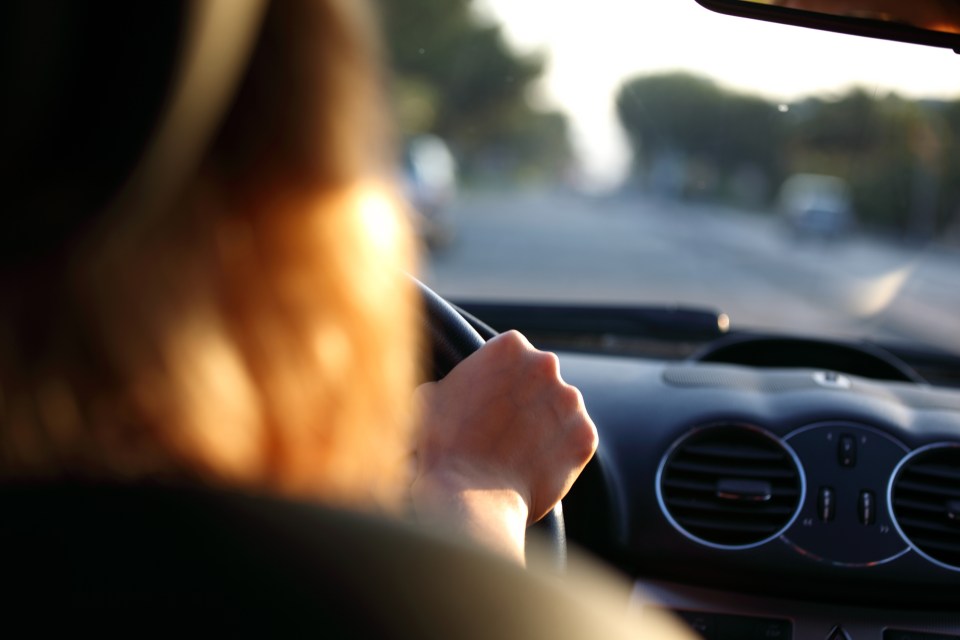
Touch is the first sense that we develop, as infants, and it remains the most central to our emotional experiences throughout the rest of their life. In fact, human touch in particular is a way to establish deep emotional ties and connection.
It’s also highly effective way of gaining someone’s attention quickly – think of a quick tap on the shoulder, the vibration of a door buzzer.
Now consider the primary goals of advertising: quickly and efficiently capturing consumer attention, and creating an emotional connection with a brand. Sound familiar? That’s right, it’s very much aligned with what touch is capable of.
Offline advertising has a long history with using that fifth sense to attract and engage potential customers. There’s a reason why Crown Royal sold whiskey in a purple cloth bag and Coca-Cola made its bottles a sultry hourglass shape. Even direct mail pieces can use touch to communicate with embossing, irregular shapes, attached items, metallic finishes and other “feel-me” features. And in Britain, the Walmart subsidiary Asda cut out a portion of the plastic wrap on toilet paper brands to let shopper compare textures, resulting in soaring sales. Touch provides information directly to the brain and creates a feeling of trust, which then guides decision-making.
But touch can have an effect on consumers that goes beyond mere first impression, information-gathering and emotional reference. After partnering with Immersion Corporation to integrate haptic effects, or vibration, into creative advertising campaigns for a number of automotive brands and a leading spirits brand, we were intrigued by another kind of response that consumer had – a desire for more.
Campaign metrics from video ads that were enhanced with haptic effects (via Immersion’s TouchSense® technology) had higher click-through rates, with some haptified ads getting as much as 220% higher CTR than those without. We saw other metrics, such as positive sentiment and ad recall, also improve. But what was most interesting was the way that consumers paid attention longer, and even after they were done with the video, they wanted to see it again.
Video completion rate
Thanks to the great creative that our team and our agency partners produce for brands, plus other factors like speedy delivery (no buffering), superior targeting and high quality environments, Opera Mediaworks has a very high average video completion rate (VCR). However, we found that when adding haptic effects to a video, users are far more likely to watch it to the end.
The benchmark VCR for automotive, for instance, is 92%. We ran three automotive campaigns in the United States, one of which was even for two models of car in the same ad! The result was a VCR between 2 and 4 percentage points higher on video ads with haptics.
- Campaign #1: Average of 94.1% (tablet 94.3%, phone 93.8%)
- Campaign #2: Average of 96%
- Campaign $3: Average of 95% (tablet 96%, phone 94%)
Replay rates
At the end of each video, we placed an end card, from which the user could select from multiple actions, such as clicking through to learn more, exiting the ad or playing the video again.
Comparing the video with haptic effects to ones without, we found that:
- For the leading spirits brand, replay rates were 31% higher on mobile phones and 59% higher on tablets.
- For one of the automotive brands (Campaign #2), users were more likely to replay the video than engage with any of the other features on the end card.
On smartphones, there were more replays than either of the other CTA buttons (1.5X and 1.7X each). And there were 30X more replays than closes!
On tablets, there were 2.8X and 3.5X more replays than each of the CTA buttons. And there were 20X more replays than all (6) of the other hotspot interactions combined!
Getting a consumer to watch a video ad all the way through to the end is certainly a “win” for a marketer; it shows a level of engagement and commitment to the creative and to the brand. And of course there is the exposure to the end card, which gives them an opportunity to interact and take action – opening them up to multiple campaign KPIs.
But if the viewer chooses to replay the video, that demonstrates an even deeper connection, because they are actively seeking more exposure and understanding of the ad message, In a way, it is like an earned impression – a double exposure to your ad that you not only didn’t pay for, you are getting double or even triple the value because it is hitting the same customer, which, like any frequency tactic, will inevitably increase brand recall.